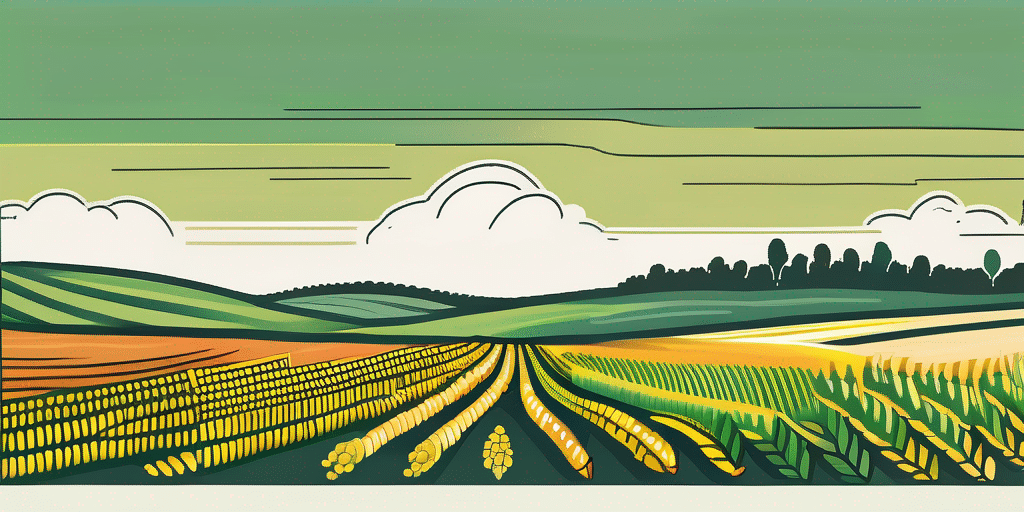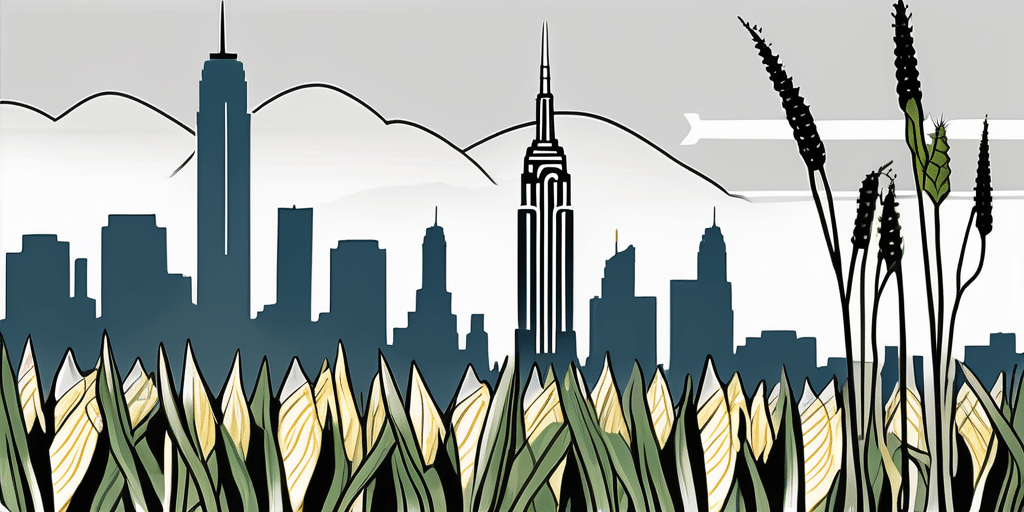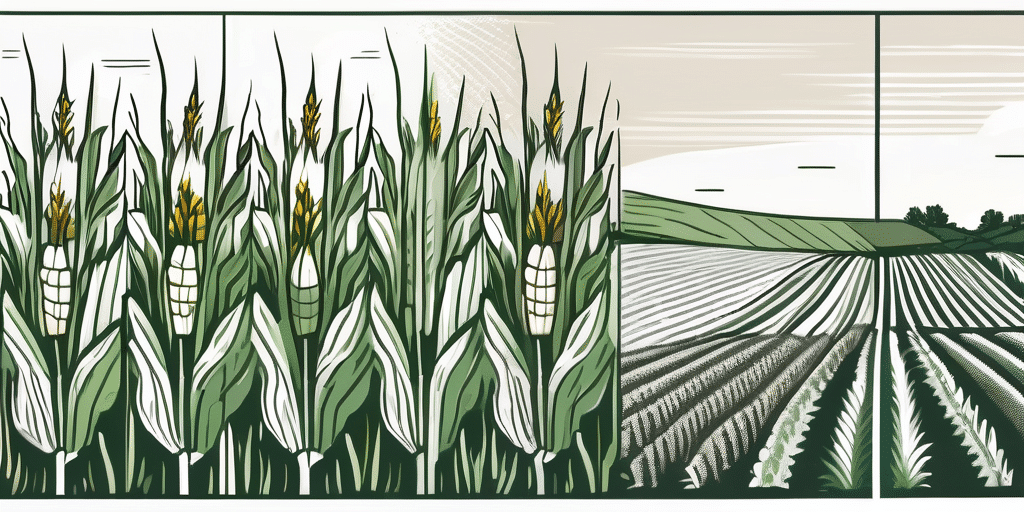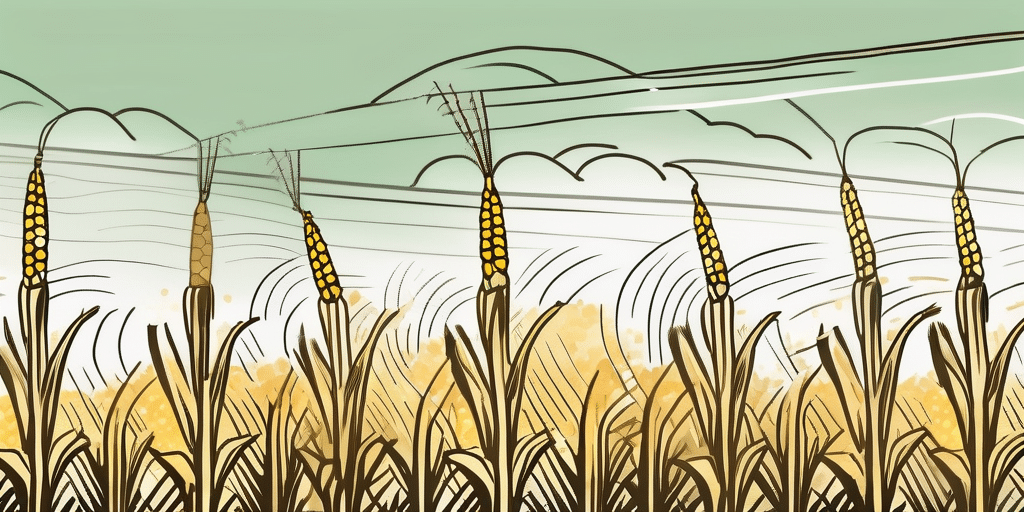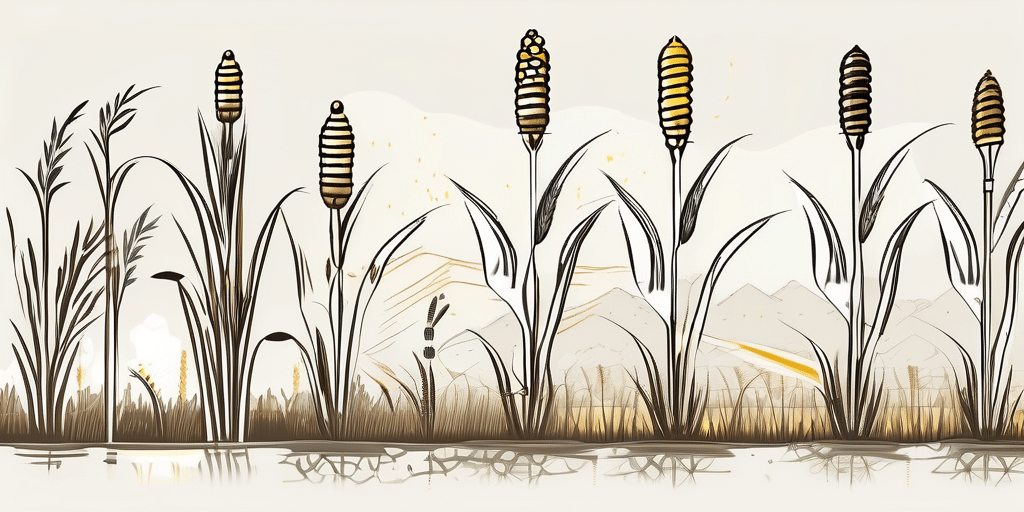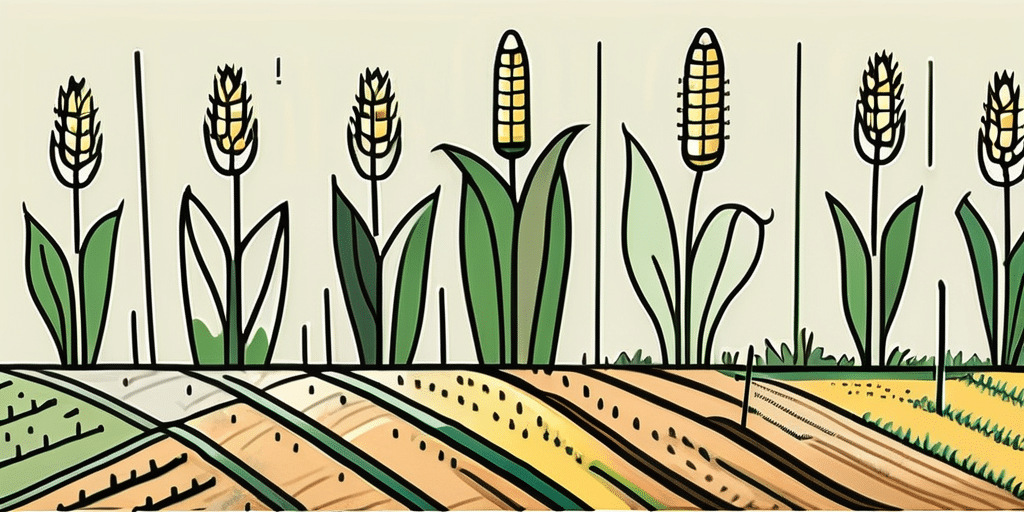Growing corn is a rewarding endeavor for many gardeners, and Trinity Corn is a popular variety for those living in Zones 6a and 6b. In this article, we will explore everything you need to know about growing Trinity Corn in these zones, including when to plant and how to care for it.
Growing Trinity Corn in Zones 6a and 6b
Before we dive into the planting specifics, let’s take a moment to understand the climate and hardiness of Trinity Corn in Zones 6a and 6b.
Trinity Corn, scientifically known as Zea mays ‘Trinity’, is a hybrid corn variety that has been developed to thrive in regions with warm summers and a growing season of 90-100 days. This particular variety is prized for its high yields and excellent flavor profile, making it a popular choice among home gardeners and commercial farmers alike.
Trinity Corn is well-suited to Zones 6a and 6b, as these regions generally experience average minimum temperatures of -10°F to 0°F (-23°C to -18°C) during winter. This cold hardiness ensures that Trinity Corn can withstand the occasional frost and cold snaps that may occur during the growing season, allowing for a successful harvest.
When planting Trinity Corn in Zones 6a and 6b, it is important to choose a location that receives full sunlight for at least 6-8 hours a day. The soil should be well-draining and rich in organic matter to support the vigorous growth of the corn plants. Prior to planting, it is recommended to amend the soil with compost or well-rotted manure to provide essential nutrients for the developing crop.
Now, let’s move on to the planting process.
Climate & Hardiness in Zones 6a and 6b
Trinity Corn is a versatile variety that can handle a wide range of soil conditions. However, it prefers well-draining soil with a pH level between 5.8 and 7.0. If your soil is heavy clay or tends to retain water, consider adding organic matter or compost to improve drainage.
When it comes to sunlight, corn is a sun-loving plant. Make sure to choose a location in your garden that receives at least 6-8 hours of direct sunlight daily.
Now that we have a good understanding of the ideal conditions for Trinity Corn, let’s talk about when to plant it.
In Zones 6a and 6b, the climate plays a crucial role in determining the success of your corn crop. These zones typically experience cold winters and warm summers, making them suitable for growing corn. However, it’s essential to be mindful of the last frost date in your area before planting Trinity Corn. Planting too early can expose your crop to potential frost damage, while planting too late may result in a shorter growing season.
Additionally, understanding the hardiness of Trinity Corn in Zones 6a and 6b is vital for ensuring a bountiful harvest. This variety is known for its resilience to cooler temperatures, making it well-suited for these zones. With proper care and attention to soil quality and sunlight exposure, you can expect a successful corn harvest that thrives in the unique climate of Zones 6a and 6b.
When to Plant Trinity Corn in Zones 6a and 6b
The best time to plant Trinity Corn in Zones 6a and 6b is in late spring, after the danger of frost has passed and the soil has warmed up to at least 55°F (13°C). For most gardeners, this translates to a planting window from late April to early May.
While Trinity Corn can handle cooler temperatures, it is important to avoid planting too early, as cold soil can stunt its growth and reduce overall yields.
It’s worth noting that Trinity Corn is a hybrid variety known for its exceptional sweetness and tenderness. This makes it a popular choice for home gardeners looking to enjoy delicious, fresh corn straight from the cob.
When preparing your garden bed for Trinity Corn, make sure to choose a sunny location with well-drained soil. Corn is a heavy feeder, so incorporating organic matter like compost or aged manure can help provide the nutrients it needs to thrive.
Now that you know when to plant, let’s move on to the exciting part—the growth process!
When to Harvest or Pick Trinity Corn in Zones 6a and 6b
After carefully nurturing your Trinity Corn plants, the time will come to reap the rewards of your hard work. The average time to harvest Trinity Corn in Zones 6a and 6b is around 65-80 days after planting.
But how do you know when the corn is ready to be picked? Here are a few signs to look out for:
- Feel the ears of corn to ensure they are rounded and filled out. Immature ears may feel elongated or less plump.
- Check the silk on top of the ears. When it turns brown and feels dry, it’s a good indication that the corn is ripe.
- Peel back the husk slightly to inspect the kernels. They should be a vibrant shade of yellow or white, depending on the variety.
- If in doubt, you can also puncture a kernel with your fingernail. If a milky substance squirts out, it’s a sign that the corn is ready to be harvested.
Now that you’re well-versed in the art of harvesting Trinity Corn, let’s address some frequently asked questions.
One common query among corn growers is whether it’s better to harvest corn in the morning or the evening. The general consensus is that harvesting corn in the morning, when temperatures are cooler, can help preserve the corn’s sweetness and overall quality. Additionally, morning harvesting can reduce the risk of heat stress on both the corn plants and the harvester.
Another important aspect to consider when harvesting Trinity Corn is the technique used to remove the ears from the stalk. It is recommended to grasp the ear firmly and twist it downward until it breaks off from the stalk. This method helps prevent damage to the plant and ensures a clean break, facilitating better healing for the remaining stalk.
Frequently Asked Questions
Q: Can Trinity Corn be grown in containers?
A: While corn is typically grown in garden beds due to its height and space requirements, you can experiment with growing one or two corn plants in large containers. Just make sure the container is at least 18 inches deep and wide enough to accommodate the plant’s growth.
Q: What are some common pests and diseases that affect Trinity Corn?
A: Trinity Corn is susceptible to common corn pests such as corn earworms and armyworms. To combat these, you can use organic insecticides or employ natural predators like ladybugs and birds. As for diseases, keep an eye out for common fungal issues like rust or smut. Proper crop rotation and maintaining good airflow around the plants can help prevent these problems.
Q: How should Trinity Corn be stored after harvesting?
A: For short-term storage, keep the corn ears in the refrigerator with the husks intact to retain moisture. For longer storage, blanch the ears in boiling water for a few minutes, then freeze them for future use. Alternatively, you can also cut the kernels off the cob and freeze them in airtight containers.
Now that you have everything you need to know about growing Trinity Corn in Zones 6a and 6b, it’s time to get your hands dirty and experience the joy of fresh, homegrown corn. Happy planting!
Join the How to Grow Everything Community
Ready to take your gardening skills to the next level? Subscribe for free to How to Grow Everything and learn how to build the garden of your dreams! Receive personalized gardening advice tailored to your location, grow zone, experience level, and interests. Our family is committed to helping you grow the best Trinity Corn and more, with no spam, just the best gardening tips and special offers. Join thousands of other gardeners and get our free, customized growing and gardening articles delivered straight to your inbox. Happy gardening!

